Barry Geraghty with the ultimate guide on how to ride the Grand National course
The 2003-winning jockey highlights the fences that make Aintree unique
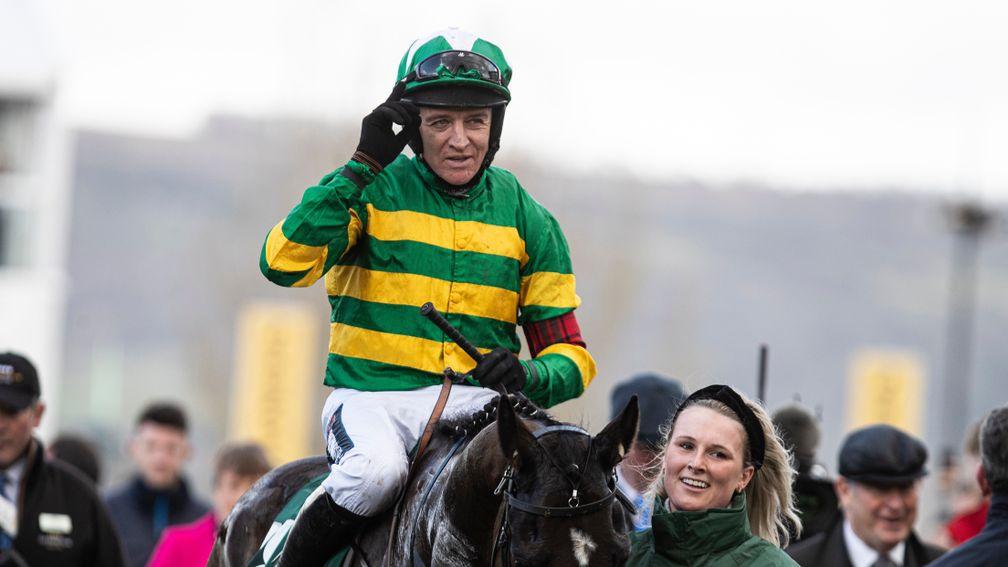
Barry Geraghty retired with one of the best Grand National records of the modern era and is a highly qualified guide to the way the course rides, having won on Monty's Pass in 2003 and also finished placed in 2004, 2007, 2008, 2010 and 2018.
Here Geraghty talks about the unique challenge of Aintree, which remains a true test following major modifications that were made ahead of the 2013 race, with the introduction of plastic cores to the fences, a shortened run to the first fence and the levelling out of the landing area at Becher's Brook.
5.15 Aintree Saturday: Randox Grand National racecard and betting
1st
It was the same 20 years ago, there was always a strong pace going to the first and ideally you want a horse who will settle at that pace and will look at what they're doing.
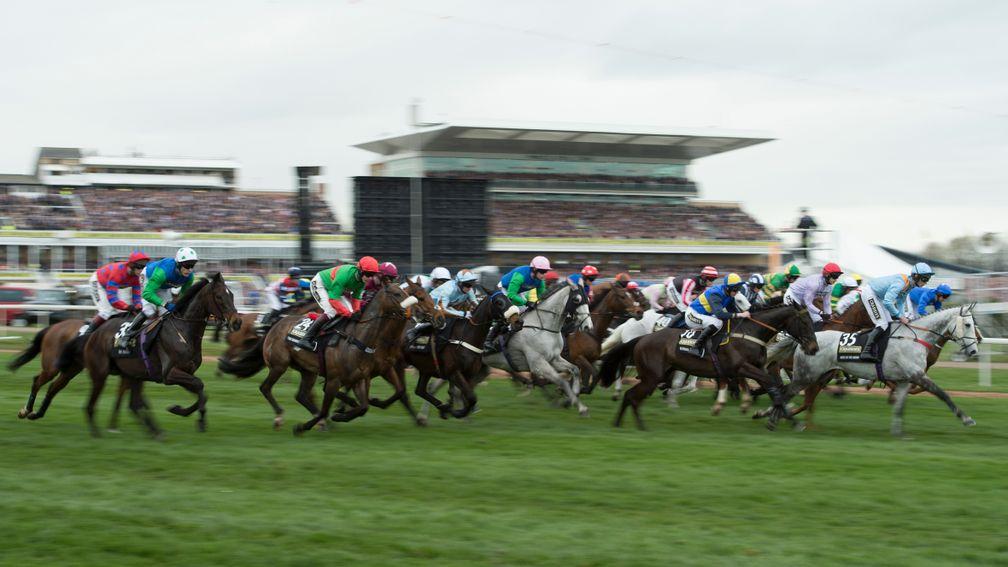
Before and after the modifications you'd charge down to the first and you need a horse who is going to adjust their stride and to start measuring their fences.
You don't want one who gets overawed by the occasion and rushes at the first. You get horses who get a bit high at the first and tip over, where the speed catches them out. That's still the case now. It's a relatively small fence, but it still causes as many problems as any of them.
Runner-by-runner guide: trainer quotes and ratings for the National
3rd
The third is your first big test. You get over the first two and that ditch is a big fence. It's an early test of a horse's jumping and you need them to be measured. Any fright or an average jump and that can knock a horse's confidence for what's coming ahead.
You need to be very sure of what you're doing, but also what your horse is doing as well. It's important for the two of you to be on the same wavelength.
Becher's Brook to Valentine's
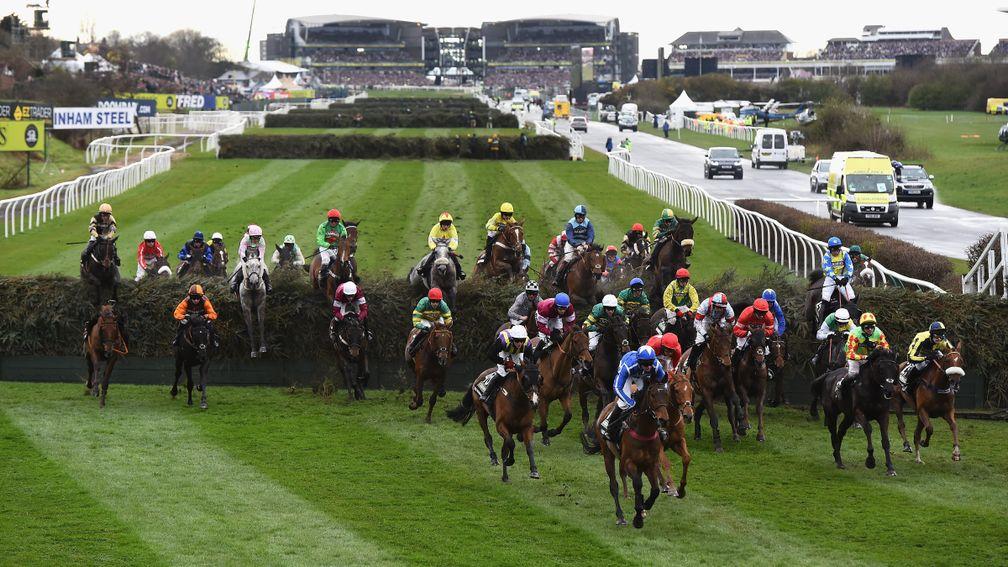
There is still a drop at Becher's and it could catch a horse out, so you still need to respect it a lot. Valentine's is the same, and if you were casual about it you could pay the price. But there is a good bit of positioning to get right at Becher's. The horses come off the inside and because the fence is on a slight turn they tend to come out to the right and then cut back in on the approach to the fence.
There's a good bit of movement and your horse could get blinded by the horse in front moving slightly off line from where you were. It's still a very tricky fence.
The drops are less than they were, but they're still there. At Valentine's, especially, where you jump the Canal Turn and then start racing down that side. That fence can catch a lot of people out. It's still a big test and you need to respect both.
11th/fourth-last
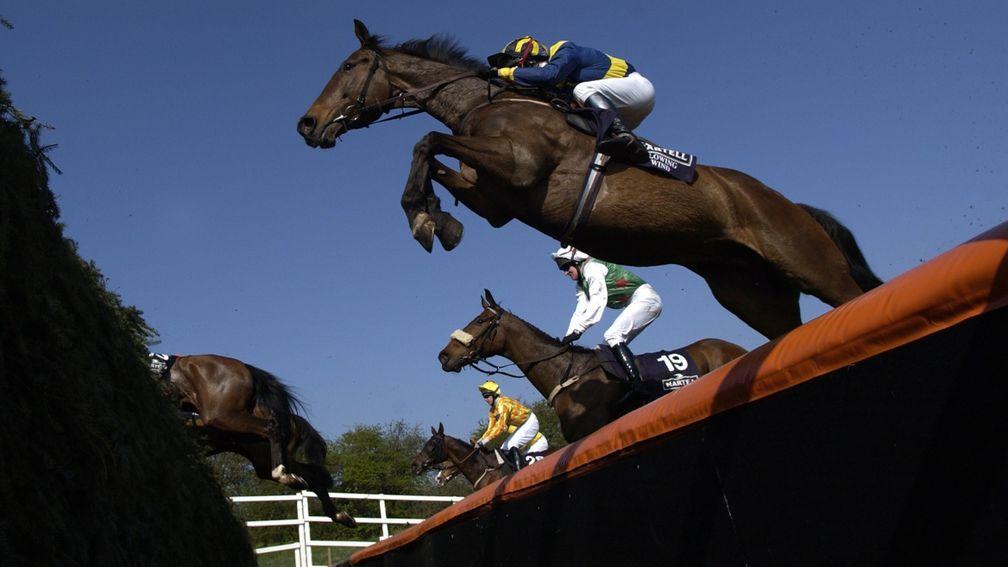
The fourth-last is a big ditch and you need your thinking cap on again. There isn't much time to relax and enjoy the ride in the National, unless you're on something that's bombproof. Those ditches are big and you don't want to be taking them on a long stride. You need to be measuring. If you're too far back from the take-off board, you could come up short.
The year I won on Monty's Pass, Paddy Kiely had advised Jimmy Mangan to warn me not to go looking for any big leaps. He was jumping brilliantly from the start, nice and measured. I went down to the fourth-last on the first circuit and I saw a big one, so I gave him a kick for this big jump and he put in a short stride and popped it. Jimmy's words came into my mind and I said to myself I wouldn't ask him any more questions, and I let him pop away after that.
2021 Grand National: the runners, the odds, the verdict
The Chair
You're starting to think about the funnel effect that is the Chair as it creates a bit of a scramble. You have to hold your position because it is a narrow fence and is a bit of a bottleneck. But you have gone a circuit and you'd like to think you've got in a good rhythm by this stage and your horse is working with you and looking for strides.
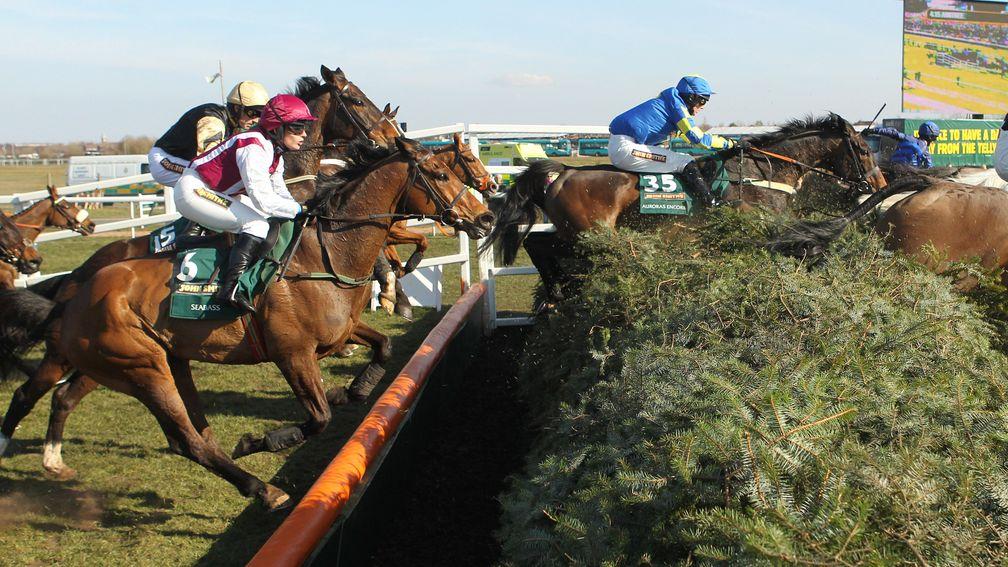
For the Chair, like at the fourth-last, you don't want to be arriving on a long stride, you want to be just meeting the board of the ditch. If you're travelling well it's easy to hold your position and look for a nice stride, but if you are feeling the pinch a bit and not holding your position you might not have the luxury of choosing a stride, which can stretch your jumping.
It's so far from the actual take-off board that if you get in a little tight, you've met it on the perfect stride. As long as you can do that without losing momentum, that's the stride you're looking for. If you're on a long stride, you can pay the price.
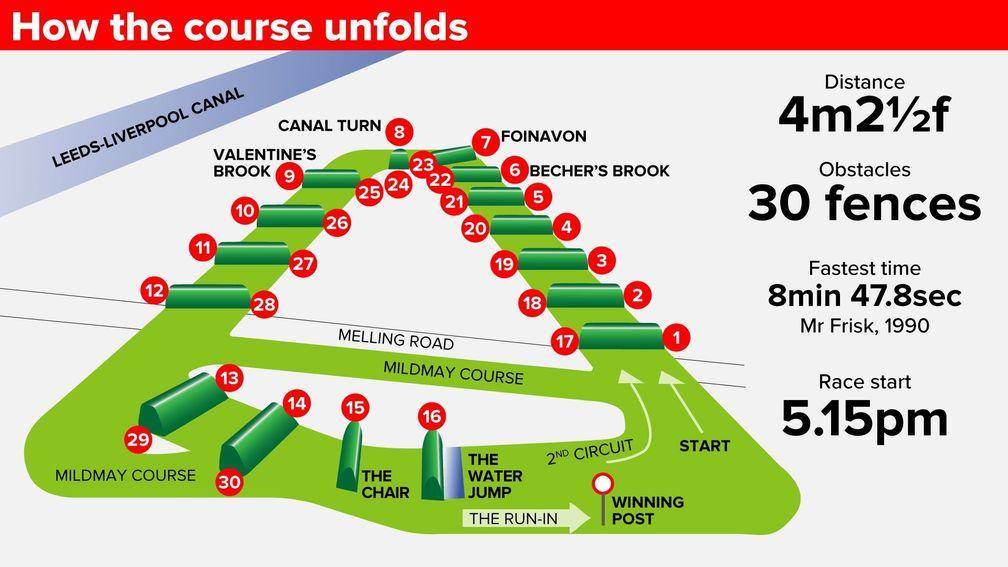
Second circuit
You're probably a bit more relaxed because there's less congestion by now. You could be unlucky and have loose horses to deal with, but you generally have less traffic. If you're travelling well and have four or five in front of you, there's a good spread and you tend to have a bit more room. And although the fences are built back up, they're not as solid as on the first circuit. By now you're fairly confident in your horse and you start to weigh up your chances.
The race is starting to develop, and it's gone from being just about survival to tactics and what's your best way home.
You have to start making decisions: do I want to take my time or do I want to close up on the leaders?
Racing Post tipping experts predict the first four home in the National
The Anchor Bridge crossing of the Melling Road
If you're on a horse who stays well you might be happy rolling along, but you're still a long way from home. It's all about conserving energy because you've gone nearly four miles by this stage, and it's a long run from the last so it's very stamina-sapping. You might be chasing your horse along, but you wouldn't want to be fully committing until as late as possible. The longer you can stay travelling, the better.
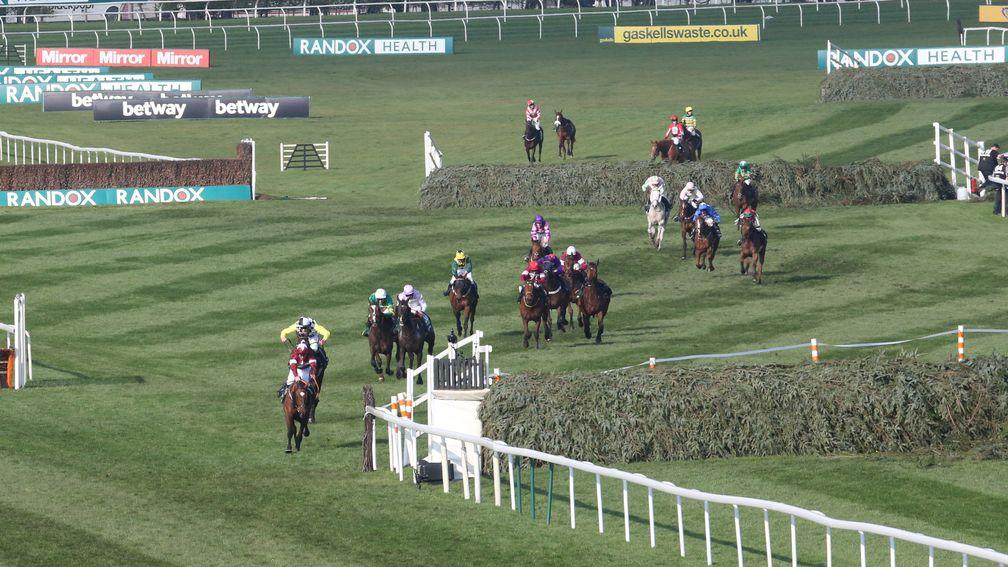
After the last and the Elbow
You need to keep your horse balanced. You jump the last and you're working your line towards the Elbow. It's a long run and it's about not committing everything too soon and trying to save a little bit from the Elbow home. That's if you have the luxury to do that. You might be struggling and it depends how the race has gone and how good your horse is.
'You'd have to like his chances' – Jonjo O'Neill bullish about Cloth Cap
Memories of winning on Monty's Pass
At the back of the third-last I had a moment when there was an eerie silence where there was no crowds and you couldn't hear the cheers from the stands. I remember thinking I was on the verge of winning the National. That was the moment, and then it was a case of 'let's get over the last two'. As soon as you hit the Elbow and you're going well, it's game over. It was an easier finish than I would have ever expected to win a National, but I was delighted to take it.
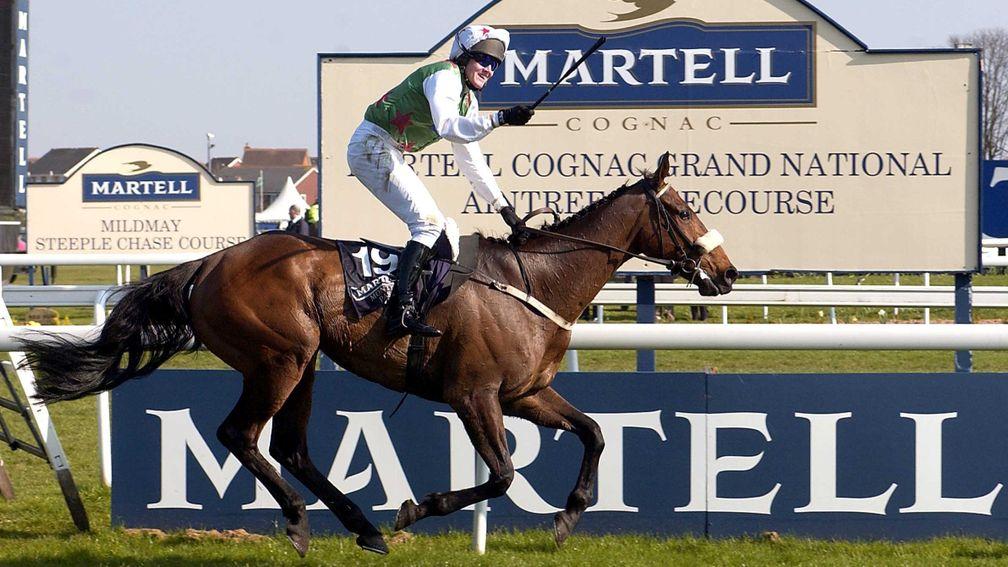
How the race has changed
You see non-stayers not doing as well nowadays, with the modifications to the fences and watering I think it lends itself to a more relentless gallop. However, it can still suit a specialist – Tiger Roll has proved that.
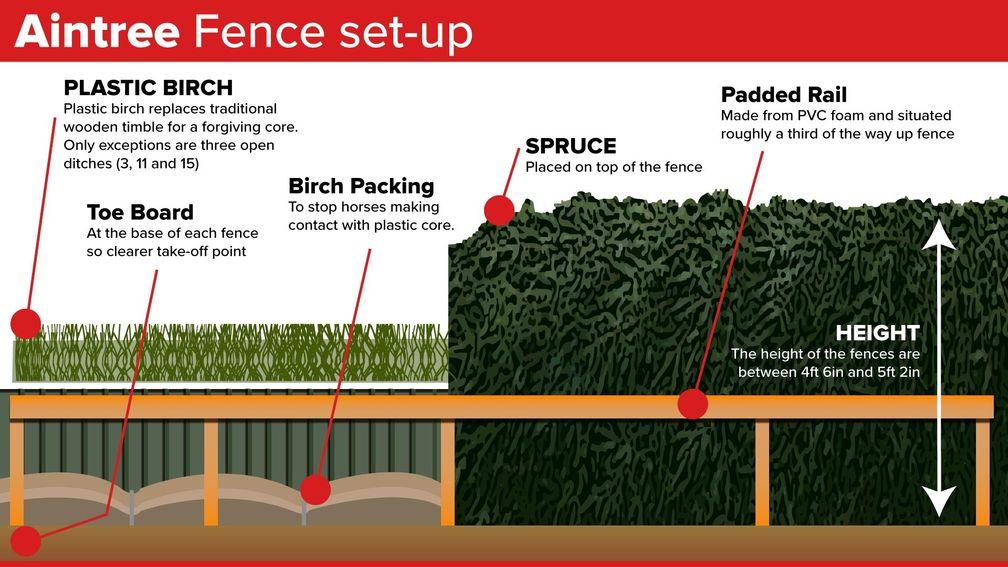
5.15 Aintree Saturday: Randox Grand National racecard and betting
If you want more on the 2021 Grand National . . .
'I picked him at 33-1 and now the gamble is on' – celebrity Grand National picks
Cloth Cap: should I back the favourite for the 2021 Grand National?
2021 Grand National: confirmed runners and riders for Saturday's big race
Free Grand National tips: five horses to back in Saturday's big race at Aintree
How to bet on the Randox Grand National, the world's greatest jumps race
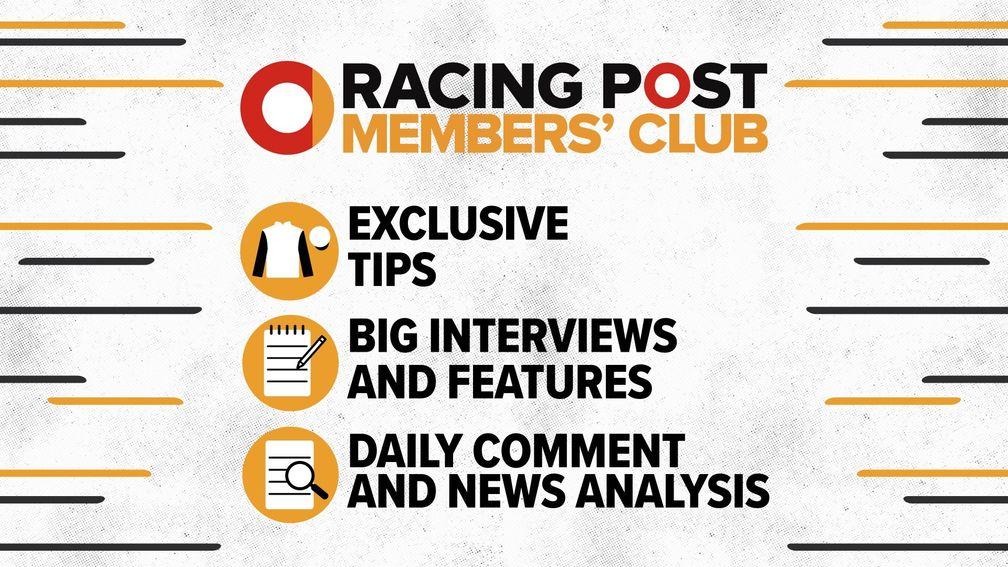
Join Members' Club Ultimate and read tipping from the likes of Pricewise and Paul Kealy, all the big interviews and features, daily comment and news analysis – plus our Ultimate Daily newsletter. Click here to sign up.
Published on 8 April 2021inGrand National festival
Last updated 11:11, 10 April 2021
- 'They had no chance and kept others out' - Davy Russell believes qualifying races for the Grand National should be introduced
- Bookmakers report Grand National turnover as 'flat' compared with last year
- 'It's a different feeling, it's unique, it's the Grand National' - Aintree hero I Am Maximus gets a huge homecoming welcome
- 'It's going to be hard to get off this high' - David Maxwell dreaming of Aintree return following Grand National sixth
- 'We knew this would be the case' - earlier start time behind drop in viewing figures for Grand National says ITV Racing's Ed Chamberlin
- 'They had no chance and kept others out' - Davy Russell believes qualifying races for the Grand National should be introduced
- Bookmakers report Grand National turnover as 'flat' compared with last year
- 'It's a different feeling, it's unique, it's the Grand National' - Aintree hero I Am Maximus gets a huge homecoming welcome
- 'It's going to be hard to get off this high' - David Maxwell dreaming of Aintree return following Grand National sixth
- 'We knew this would be the case' - earlier start time behind drop in viewing figures for Grand National says ITV Racing's Ed Chamberlin